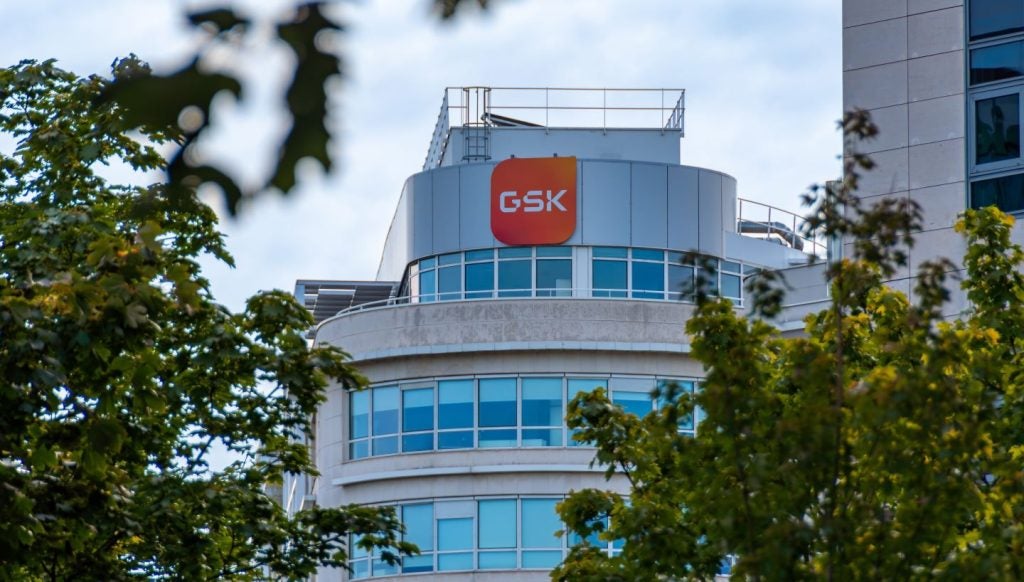
Need to know
- Vosoritide is an experimental drug for children with achondroplasia, the most common form of short-limbed dwarfism, given as a daily injection up until the age growth plates close.
- Though the European Medicines Agency is expected to approve vosoritide, individual European countries’ health authorities will ultimately decide if and how to cover the drug.
- There is no established link between vosoritide’s short-term bone growth improvement and reductions in the long-term complications associated with achondroplasia.
BioMarin’s vosoritide is proven to increase the growth rate of children with achondroplasia, the most common form of short-limbed dwarfism. But without long-term data showing a height increase reduces complications later in life, European health authorities will be cautious in providing coverage.
Vosoritide – a positive regulator of bone growth – is expected to become the first drug approved for achondroplasia in Europe later this year. Achondroplasia is associated with long-term breathing, bone and ear complications, and it has an incidence of roughly 1 in 25,000 births worldwide.
Though experts predict some level of vosoritide coverage in Europe, it will likely be limited in scope until BioMarin can show the drug reduces long-term complications stemming from achondroplasia. Many patient advocacy groups are clear that having short stature is not itself a condition warranting treatment, and cultural attitudes toward targeting height through medicine vary widely by country.
The European Medicines Agency – which decides what drugs can be marketed throughout the European Union – is expected to follow a recommendation from its committee on human medicines to approve vosoritide in children with achondroplasia from two years old until the age growth plates close— typically at 13-17 years old. But each European country’s health authority will ultimately determine if and to what extent to cover the drug.
BioMarin did not respond to a request for comment.
How well do you really know your competitors?
Access the most comprehensive Company Profiles on the market, powered by GlobalData. Save hours of research. Gain competitive edge.

Thank you!
Your download email will arrive shortly
Not ready to buy yet? Download a free sample
We are confident about the unique quality of our Company Profiles. However, we want you to make the most beneficial decision for your business, so we offer a free sample that you can download by submitting the below form
By GlobalDataVosoritide in Europe: differing standards of evidence add uncertainty
Due to uncertainties surrounding vosoritide’s longer-term outcomes, health technology assessment (HTA) reviewers in Europe will accept the drug but be very cautious on coverage, said Executif Institut Management Santé ESSEC director Annie Chicoye. In the Phase III trial used for approval (NCT03197766), children treated with vosoritide had an average growth velocity 1.57cm per year higher than the placebo group. But the trial’s length and endpoints were not designed to detect improvements in long-term complications.
In countries such as France and Germany, HTA reviewers expect evidence of long-term benefit to stem directly from clinical trials, meaning they will be more resistant to reimbursing at a higher price, said London-based life sciences consultancy Valid Insight’s senior director James Wright. But countries like the UK, the Netherlands or Sweden are more amenable to extrapolating from natural history data or achondroplasia literature. As a result, BioMarin will have more flexibility to assert the link between growth velocity improvement and reduction in long-term complications, he explained.
Nevertheless, HTA reviewers in all countries will require stringent postmarketing studies to link growth velocity increase to long-term benefits, such as reduction in spinal stenosis and upper airway problems, said Vision Healthcare Consultancy CEO Brian Lovatt. HTA reviewers could also negotiate significant discounts – such as confidential agreements on net pricing – and pay-for-performance structures, Chicoye added.
The ‘stopping question’
As a result of the limited vosoritide data available, HTAs will contend with the important ‘stopping question’ of when to end vosoritide dosing in children, Wright said. Because vosoritide will not necessarily realise its long-term benefits during the dosing period, HTA reviewers must determine if and when children should prematurely stop dosing due to perceived inefficacy, he explained. They could decide that failure to grow by a certain threshold means a child should stop dosing, but the variability in growth and puberty patterns among children further complicates establishing these benchmarks, he added.
Nonetheless, it is possible many children and families will almost immediately perceive quality-of-life improvements upon starting vosoritide, including ease in performing everyday activities due to marginal improvements in growth, noted Queensland Health physiotherapist Penny Ireland.
The Phase III trial used for approval enrolled children between five and 18 years of age, and the 60 children in the vosoritide group had an average age of 8.35 years, with a standard deviation of 2.43 years. BioMarin has an ongoing Phase II trial (NCT03583697) enrolling children and infants between 0 and 5 years of age.
Possible competitors complicate reimbursement
Because there are no approved therapies for achondroplasia, European HTA reviewers will have more incentive to provide coverage given the large unmet need, Wright said. But the presence of multiple additional achondroplasia drugs in development means many European countries will likely hesitate to fully commit to vosoritide before additional data becomes available from competitors, Lovatt added.
As a result, countries may not reimburse the drug for 12 to 18 months after its approval while it undergoes coverage decisions throughout Europe, Lovatt explained. During this time, country health authorities could request additional clinical trial data from other pipeline drugs for achondroplasia, he added.
These health authorities would then perform a comparative review of data available for vosoritide and the drug closest to market, focusing on whether one is more likely to work in different subgroups or the overall patient population, Lovatt noted. However, if health authorities determine an additional treatment is unlikely to reach market within five years, they would cover vosoritide as a normal breakthrough therapy, he said.
Currently, there are ongoing Phase II trials for BridgeBio Pharma’s infigratinib, Pfizer’s recifercept, and Ascendis Pharma’s TransCon CNP. All three will have Phase III data available within five years, though the exact timing of their market entry is subject to their application timeline and subsequent approval decisions.
Determining subgroups will prove key
In analysing vosoritide data in relation to potential competitors, HTA reviewers will home in on the subpopulations most likely to respond to different treatments, Wright said. These health authorities will seek genetic biomarkers that determine how likely a child with achondroplasia is to develop severe long-term complications like spinal stenosis, he added.
Subsequent vosoritide trials could include pre-specified subgroups based on genetic factors and early disease severity, with the idea that competitors would run similarly designed trials, he said. These biomarkers, in turn, could influence which populations receive greater coverage of vosoritide or its competitors, he explained.
All in all – even with the expected European approval – there is a long road to go before vosoritide could see substantial reimbursement on the continent.







